Falls are the leading cause of fatal and non-fatal injuries for adults aged 65 and over, according to data from the National Health Service (NHS). Over 90,000 hospital admissions that take place in England are due to falls, which happen due to slips or trips in the home. Bathrooms, in particular, present hazardous conditions with slippery, wet surfaces. As seniors deal with declining mobility and health issues like arthritis, selecting walk-in showers or bathtubs to suit their physical needs is crucial for preventing injuries.
Walk-in showers and walk-in baths both allow easy access compared to traditional bathtubs thanks to their low or zero thresholds. Additional senior-friendly design features also enhance safety and accessibility.
When evaluating options, key considerations around cost, space, mobility limitations, and therapeutic benefits can help identify the ideal solutions for elderly users. By comparing the advantages, disadvantages, and essential features of walk-in showers and tubs, seniors and caregivers can make informed choices suited to specific requirements and budgets.
What are Walk-In Showers and Walk-In Baths
Before examining the safety considerations of each option, it helps to understand some key definitions and types of walk-in bathing solutions.
Walk-In Showers
Walk-in showers eliminate lips or walls to create easy, step-free access. Instead of climbing over the tall edges of bathtubs, users can directly walk across the threshold. Most feature slip-resistant floor surfaces. Other safety and accessibility features like fold-down seating, handrails, adjustable showerheads, and low thresholds customize the shower space to match physical capabilities and assistance needs.
Walk-In Baths
Walk-in baths also contain low or zero-entry thresholds for access without tripping hazards. They allow soaking for therapeutic benefits. Some key types include:
· Soaker tubs: Allow bathing only. May include hydrotherapy water jets.
· Bariatric tubs: Designed for heavier individuals, with support for over 500lbs.
· Wheelchair-accessible tubs: Wider dimensions, ramps or swivel seats for transfers.
· Walk-in tub/shower combos: Include access doors as well as shower wands for flexibility.
Walk-in Bath Shower Combos
Now you know what a walk in shower and a walk in bath shower are. If you want to experience the benefits of both these, you need to consider getting walk-in bath shower combos.
These hybrid units provide flexibility to either bathe or shower depending on needs. They contain doors for easy walk-in access to a tub, along with integrated shower wands for rinsing off while seated or standing. Some also allow the option to fill the tub and use water jets. By offering both soaking and showering capabilities, these "all-in-one" units suit users wanting the respective benefits of both standard walk-ins. The combo design however tends to cost more due to its dual-purpose functioning.
Walk-In Showers: Pros, Cons, and Safety Features
Walk-in showers offer multiple advantages thanks to their open design. But they also come with some limitations when compared to bathtubs.
Pros of Walk-In Showers
1. Zero-threshold entry eliminates tripping dangers while entering or exiting.
2. Compact size with just a shower floor is ideal for small bathrooms.
3. Custom accessories like fold-down seats, grab bars, and adjustable shower heads can be added to match needs and mobility levels.
4. Enclosed with tempered glass doors instead of shower curtains, they contain water in the stall area and prevent spillage leading to slippery surfaces.
Cons of Walk-In Showers
1. They do not provide the relaxation and hydrotherapy benefits of soaking in a warm bath.
2. Sudden temperature fluctuations can occur with mixer showers. However, thermostatic valves that self-regulate water flow can help maintain comfortable temps.
3. Walk-in showers with extensive customization and accessories cost more to install.
Essential Safety Features
1. Textured ceramic tile or adhesive rubber mats provide non-slip shower floors for solid footing.
2. Grab bars installed inside the enclosure, positioned vertically and horizontally, assist with safely transitioning between standing and seated positions.
3. Motion-activated lights illuminate the stall clearly while in use.
Walk-In Baths: Pros, Cons, and Safety Features
Walk-in bathtubs facilitate easy access along with options for therapeutic soaking. But they also come with certain limitations depending on specific models.
Pros of Walk-In Baths
1. Water jets deliver hydrotherapy benefits to help relieve arthritis pain and joint stiffness while also stimulating blood circulation.
2. Door-in designs fitted with watertight seals allow stepping directly into the tub instead of lifting legs over high walls, reducing slips or strains.
3. Molded seats and textured tub flooring provide ergonomic support with anti-slip surfaces during use.
Cons of Walk-In Baths
1. Filling and draining cycles take longer than showers, leading to potential chilling while waiting for exits.
2. More water usage makes operating costs higher.
3. Limited space and narrow doorways restrict access for those in wheelchairs.
Essential Safety Features
1. Textured bottom surfaces avoid slips while repositioning during bathing.
2. Hygienic antimicrobial grab bars, arm rests, and handles properly support entry/exit and maneuvering inside the tub.
3. Fast tub draining with quick-drain included prevents overflow accidents.
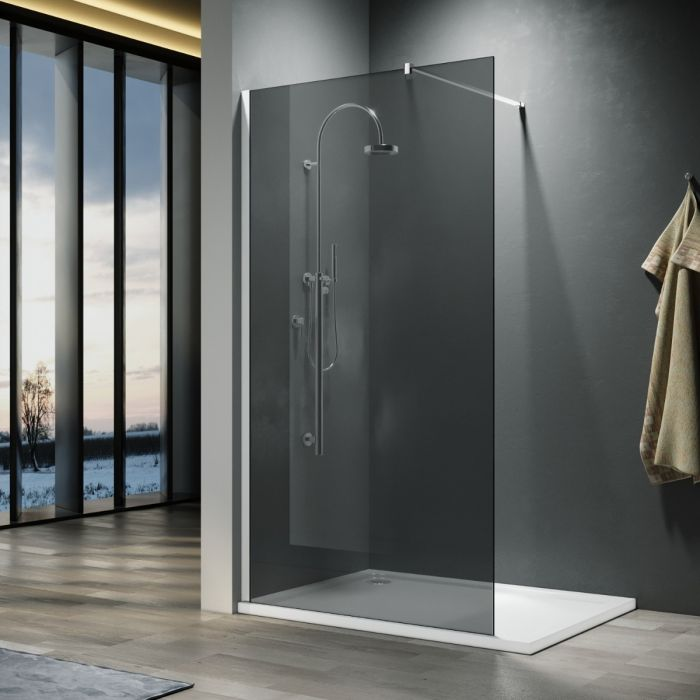
Comparative Analysis: Showers vs. Baths
By examining key metrics like safety considerations, costs, NHS tips, and user-specific needs, seniors can determine whether walk-in showers or bathtubs better suit their physical capabilities and budget.
Safety
Safety should be your number one factor to consider when getting walk in baths and showers. Showers with their ultra-low, curbless thresholds minimize tripping risks during access along with enclosed glass doors that limit slippery spills. So, for those with severe mobility limitations like wheelchair users, showers present fewer hazards.
That said, bathtubs contain non-slip textures and support handles to facilitate secure bathing. For those seeking hydrotherapy to ease arthritis without extreme balance issues, bathtubs still allow safe usage with proper precautions.
Cost and Installation
Basic walk-in showers tend to cost less than most walk-in tubs. Tub installation runs between £1,500-£7,000 depending on features; showers range from £500 for stripped-down models to £2,500 with accessories like seats, grab bars, and custom tiles. Complex home renovations may also be required to widen doorways or reinforce floors to accommodate built-in units.
For urgent aging-in-place upgrades on limited budgets, basic shower stalls provide affordable solutions. Adding grab bars and shower seats can further enhance safety without breaking the bank later. On top of that, you will also need to consider cost of a walk in shower screen.
NHS Recommendations
At the time of getting a walk in shower or a walk in bath shower, it would always be good to listen to the NHS recommendations. It will help you to make sure that you are always going for the right option available out there. NHS guidelines for senior bathroom safety focus on:
1. Installing non-slip flooring surfaces in showers and bath areas
2. Including grab handles properly positioned to assist entry/exit and transfers
3. Using motion-activated lighting for nighttime visibility
4. Eliminating uneven surfaces or high thresholds that pose tripping hazards
5. Ensuring enough room to maneuver mobility aids like wheelchairs
6. For added privacy, consider getting the best shower screens for walk in showers.
Choosing the Right Option for Specific Needs
When selecting bathroom renovations for seniors and those with mobility limitations, it is important to consider specific needs and choose options that will provide comfort, accessibility, and safety. Those with chronic conditions or physical limitations have unique requirements that standard bathroom layouts may not adequately address. By carefully evaluating limitations and challenges ahead of time, you can customize the renovation for maximal usability and independence.
Mobility Limitations
For wheelchair users, the ideal option is usually a wheelchair-accessible walk-in bathtub or a curbless, roll-in shower. The walk-in bathtub allows the user to open a door and wheel right in, providing ease of access. Curbless showers feature a flat entry without a raised lip to wheel over.
In both cases, the doorway width should accommodate comfortable wheelchair passage without tight squeezes. Many accessible tubs also come equipped with swivel bath seats, allowing transfers without twisting or straining. Grab bars properly secured to walls provide stability when lowering down into the tub or maneuvering in the shower.
Chronic Pain
For seniors who need hydrotherapy for chronic pain or stiffness, walk-in bathtubs with water jets target sore joints to provide warm water massage relief. Choose tub jets that are adjustable, allowing users to direct the water flow to where they need it most. Combining water jets with quick-drain features ensures the bather does not get too cold after their therapeutic soak. Heated air jets that envelope the user with warmth are another optional feature to prevent post-hydrotherapy chills.
Space Constraints
In small or cramped bathrooms, space-saving options can still provide accessible bathing areas. Compact walk-in shower stalls with dimensions as narrow as 750mm can fit into smaller bathrooms and corners while still allowing roll-in entry. Corner-placed units take advantage of wasted space and further maximize usable floor area. Fold-up shower seats conserve space when not in use. There are many ways to create an aging-friendly bath even in cramped homes.
Conclusion: Making the Right Choice
When selecting senior-friendly bathing solutions, consider all health, lifestyle, and budget factors influencing safety and accessibility. Walk-in showers provide affordable, adaptable options to start, while bathtubs serve users wanting therapeutic soaking. Have healthcare providers evaluate specific mobility levels and needs.
Turn to specialists like Elegant Showers UK for professional walk in shower advice as well as correctly sized and customized products matching individual physical capabilities. Investing in age-appropriate walk-in bathing technology minimizes fall risks for better confidence, comfort and independence.

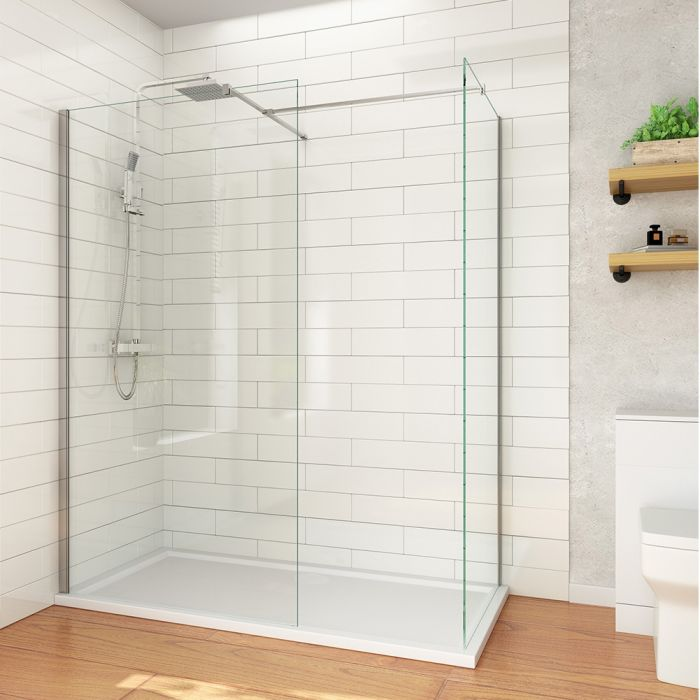
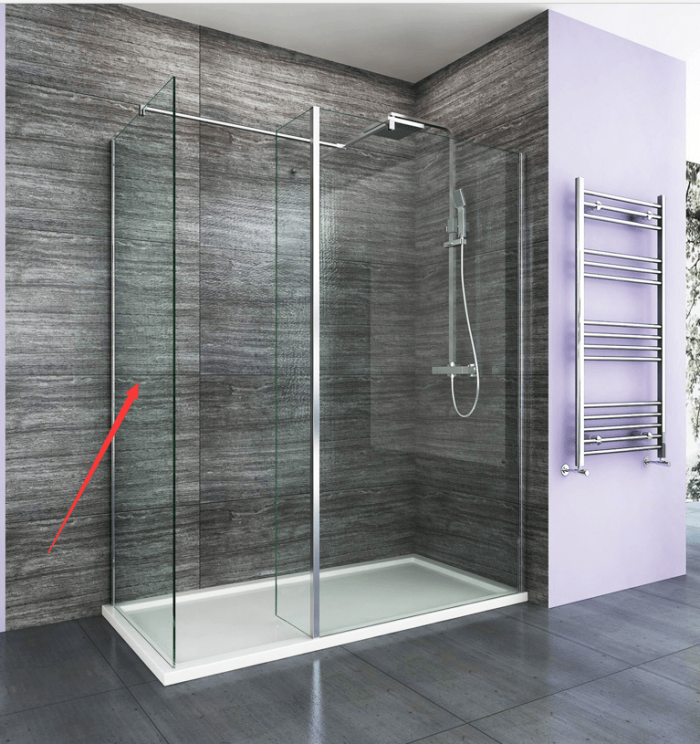
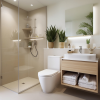
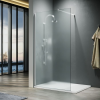
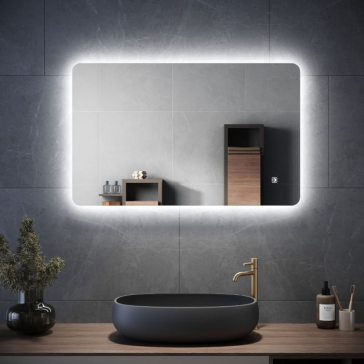

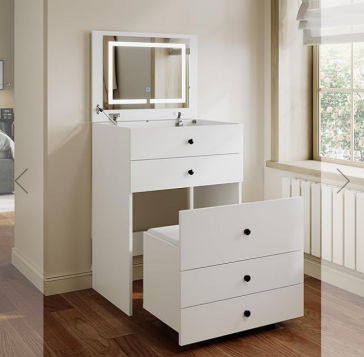
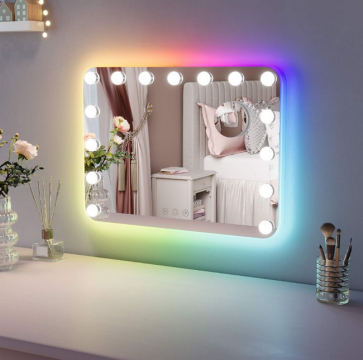
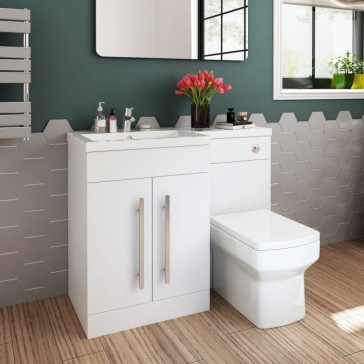
Validate your login